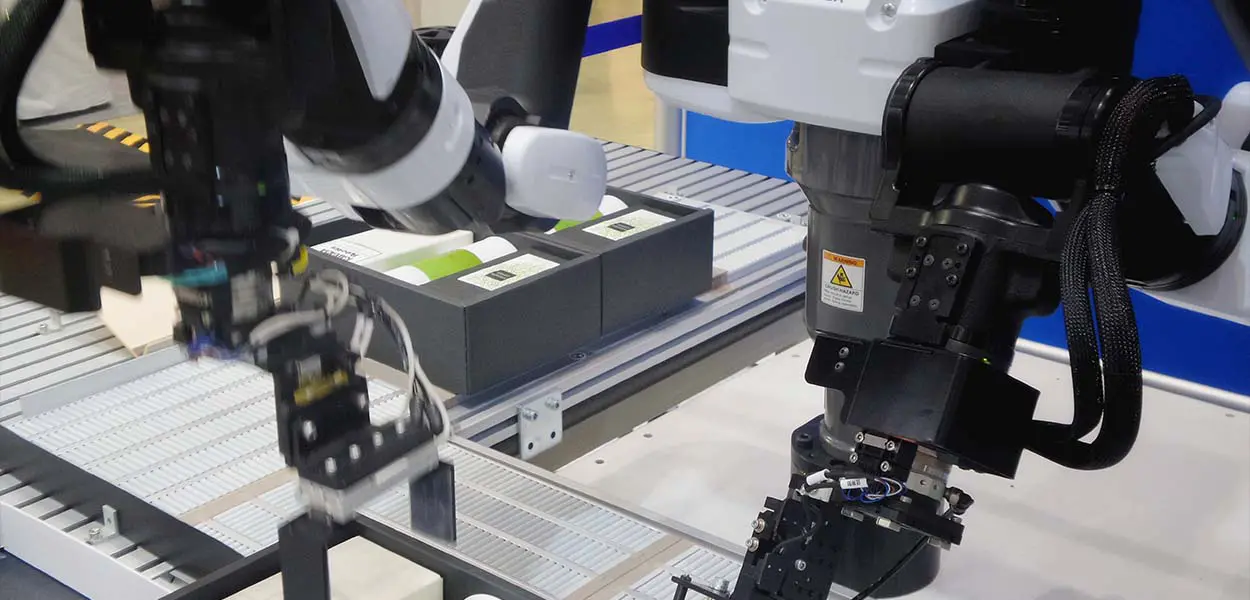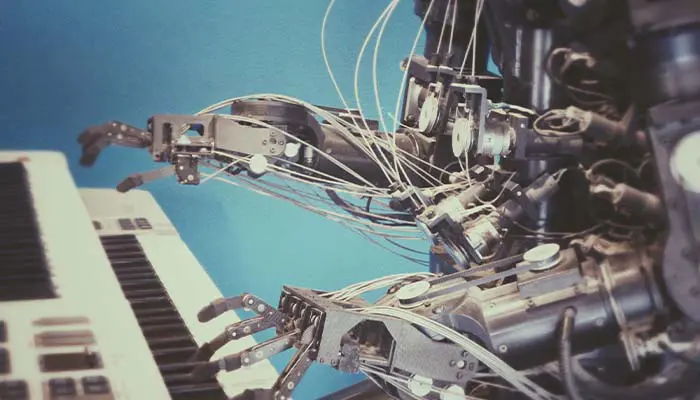Diffusion Models Guide - PerfectionGeeks
Diffusion Models: A Practical Guide
March 2, 2023 15:34 PM
Diffusion Models Guide - PerfectionGeeks
March 2, 2023 15:34 PM

The power of diffusion models can create any image you can think of. This guide will help you use them to your advantage, whether you're a business executive, a software developer, or a creative artist.
Dall-E 2: Google's Imagen and Stable Diffusion have been released. Diffusion models have surprised the world, inspiring creativity and pushing the boundaries of machine learning.
These models can produce nearly infinite images from just a few text prompts. They include the photo-realistic and the futuristic, as well as the cute.
These capabilities change the way humanity interacts with silicon. They allow us to create almost any image we can think of. Despite their incredible capabilities, we will discuss the limitations of diffusion models later in this guide. However, these models will continue to improve or be replaced by the next generation of generative paradigms, allowing humanity to create immersive images, videos, and other experiences with just a thought.
This guide will explore diffusion models and their practical applications.
Machine learning models that generate new data from training data are known as generative models. Generative adversarial networks (GANs), variational autoencoders, and flow-based models are other examples of Generative Artificial Intelligence (AI). Although they can all produce high-quality images and have similar capabilities to diffusion models, each has limitations.
Diffusion models can destroy training data and then learn how to recover it by inverting the noise process. Diffusion models can create coherent images out of the noise.
Diffusion models learn by adding noise to images. The model then learns how it can be removed. This process is then applied to random seeds to create realistic images.
These models can be combined with text-to-image guidance to create an almost infinite number of images by simply generating the text. In addition, CLIP embeddings can provide powerful text-to-image capabilities.

Some of the most popular types of diffusion modelsin machine learning to study the spread of information or ideas within a population include:
These models show the structure and relationships of individuals and provide a low-dimensional representation of individuals in the same social network. This representation can predict the spread of information within the network. DeepWalk, GraRep, and Node2Vec are some models for embedding social networks.
These models can be trained using deep neural networks to generate data that can be used for studying the diffusion of information. The Generative Artificial Intelligence (AI) could be trained using real diffusion data to generate data with similar properties. This data can eventually be used to study other diffusion models' work. Deep generative models could include variational autoencoders, generative adversarial networks (GAN), autoregressive models (such as PixelCNN and PixelRNN), or flow-based generative models such as RealNVP or Glow.
These models use reinforcement learning algorithms to study how information spreads through a network. Each model has individual agents or networks, and a series of actions by each network represents the circulation. Some examples of reinforcement learning models include Q-Learning, SARSA (State-Action-Reward-State-Action), Deep Q-Network (DQN), and Policy Gradients (PG).
These models employ graph convolutional networks to discover the structure and relationships of social networks. In addition, these models can predict how information and ideas will spread through the network. Graph convolutional network models include the Graph Attention Network, Chebyshev Graph Convolutional Network, and Spectral Graph Convolutional Network.
Each machine learning model has its advantages and drawbacks. The choice of model depends on the application.
Although diffusion models are powerful, they do have some limitations. We'll explore them here. These limitations were noted in October 2022 due to the rapid pace at which development occurs.
M.L. has revolutionised many industries and fields. It is a dynamic field with the potential for profound changes in our lives and work. We will closely watch how it develops over the next few years. Training in diffusion modelling requires several steps. These include choosing the best model for the data, selecting relevant hyperparameters and parameters, and then training the model with the selected data.
You should also evaluate the model's performance and make necessary adjustments to improve accuracy. The model should then be integrated into a production environment. Diffusion models can provide key insights and predictions for various applications if they are designed with the right intent.
Strategy
Design
Blockchain Solution
Development
Launching
Testing
Maintenance
Contact US!

Plot 378-379, Udyog Vihar Phase 4 Rd, near nokia building, Electronic City, Phase IV, Sector 19, Gurugram, Haryana 122015
Copyright © 2025 PerfectionGeeks Technologies | All Rights Reserved | Policy
Contact US!

Plot 378-379, Udyog Vihar Phase 4 Rd, near nokia building, Electronic City, Phase IV, Sector 19, Gurugram, Haryana 122015
Copyright © 2025 PerfectionGeeks Technologies | All Rights Reserved | Policy